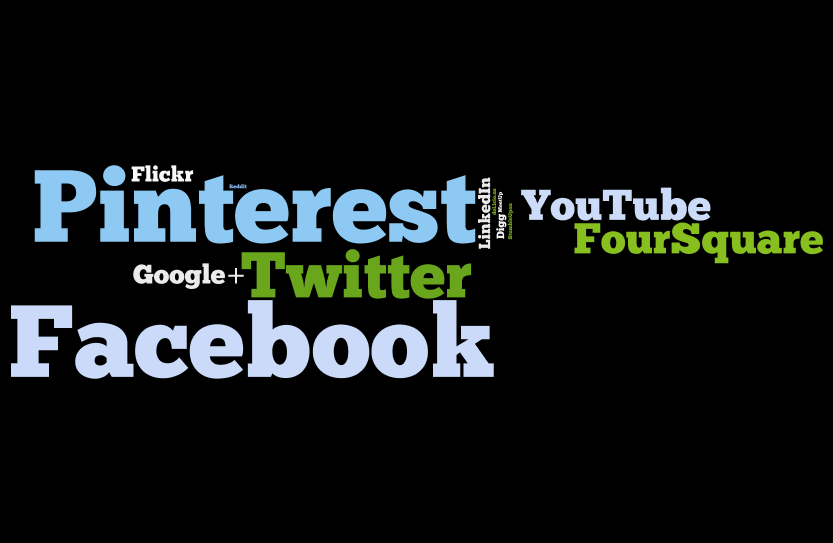A few months ago, we wrote about the so-called “new” online measurement from Nielsen, which is really just the same old Target Rating Points that “traditional” planners have been using for decades.
While planning and buying using TRPs is an important step in helping planners be able to combine and compare ratings across online and offline media, there is of course the flip-side of the measurement coin: with the wealth of data that is available from online media, we shouldn’t simply limit ourselves to demographic audiences based on age and sex.
As Richard Frankel points out in his article on Ad Age a few weeks ago, there is technology currently available that enables a planner to target consumers down to very minute levels of detail. Currently, planners have access to behavioral, contextual, and sales data to craft rich and meaningful target audience descriptions. We can go well beyond “Women Aged 25-54 with Household Incomes of $75,000+.” Particularly online, planners can target audiences such as “SUV shoppers” or “refrigerated pasta buyers.”
Frankel’s position, though, is that this level of targeting is not enough. He describes consumers as “finicky, highly adept at searching for products, brand-disloyal and impervious to all but the most target advertising messages.” The solution, posits Frankel, is called “artificial-intelligence targeting” and it’s already available for use. Using this kind of targeting technology, Frankel suggests we could create a target of “men aged 35-44 with two kids who live in the Buffalo, New York, area, read car-enthusiast websites, are in-market to buy a car, and love the Audi brand – but could be tempted to buy a Lexus in the next 2 months.” He then goes on to say that we don’t need to be limited to a only a “handful” of attributes, such as the explanation above, but can instead use the tens of thousands of attributes that exist about consumers.
Really?
Now, we admit that we haven’t seen the artificial intelligence technology and the “super-advanced software” to crunch it, but it seems to us as though this is taking targeting to the extreme of analysis paralysis. Just because tens of thousands of data points exist about a consumer doesn’t mean we need to use them all upon which to craft a target audience.
One question that comes to mind is how, for a particular brand, we would know tens of thousands of attributes that define our target audience. No amount of focus groups, attitude and usage studies, or syndicated research databases could help a media or account planner come up with a target audience profile of that many attributes that apply to a brand’s potential consumers.
Developing a target audience is a skill that involves more than mere data analysis and number crunching by a computer. It involves lots of experience and a deep understanding of how consumers think, how they shop, how they make decisions, and how they consume media, among other things. As Frankel himself states, “Consumers don’t think of themselves as audiences, but as individuals with personal tastes and needs.” Reducing the process to number-crunching, no matter how advanced the software is and how much data there is to be crunched, seems to miss a key element of target audience profiling – the human element.
The above does not mean that we aren’t intrigued by what Frankel and his firm can do with their software to look at consumers in a new way. More insight into the methodology behind his A.I. targeting may even be more convincing. However, we feel the amount of data we can look at must be tempered with a degree of realism to help craft a target audience profile that can be applied to the entire media plan (both online and offline). There is no replacement for nuances of real-person, human analysis.
Comments are closed.




